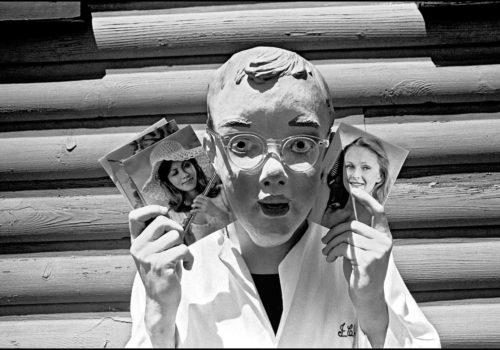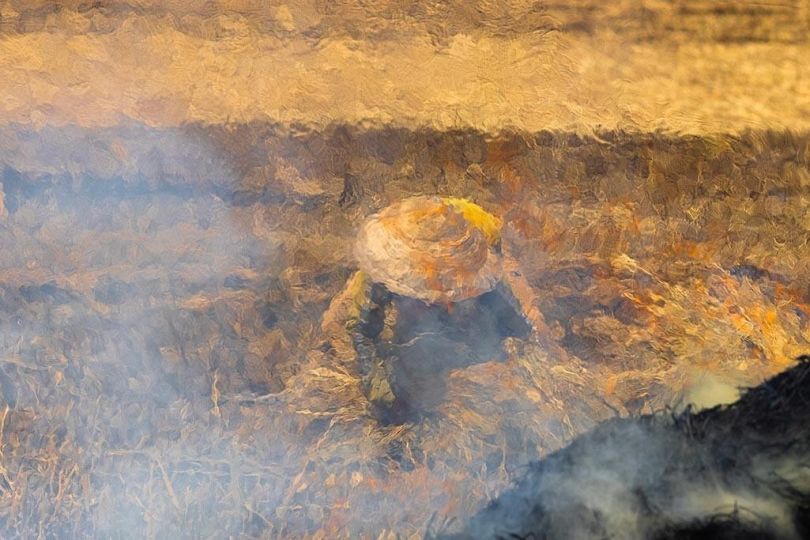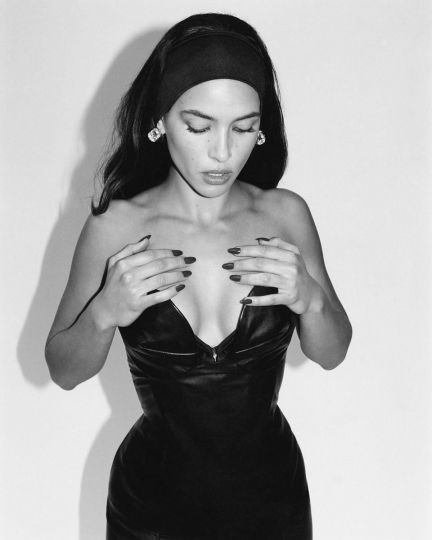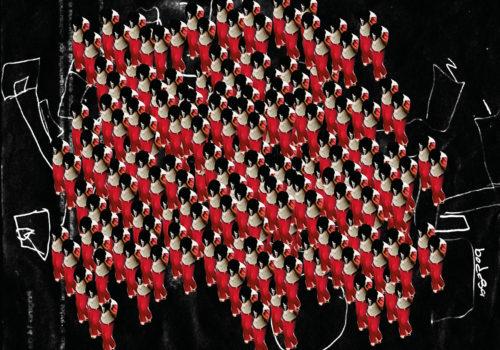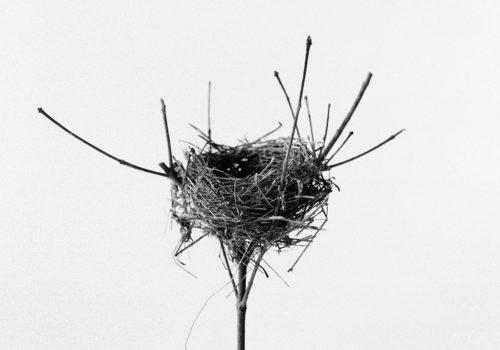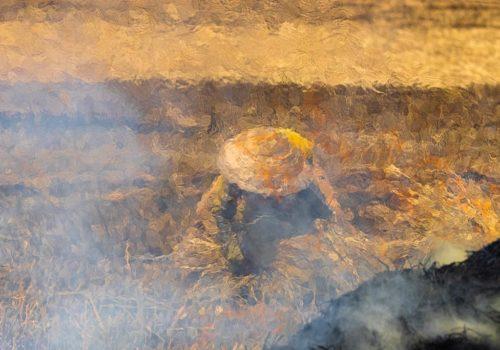Punk Passage: A Tragicomic Romp Thru the Hardcore Axis of the SF/LA Punk Scene 1977–1981 is Ruby Ray’s first book, as DIY as anything she has ever done. Produced exclusively as a photographic ebook, Ray has amassed the best of her archive into an explosive volume of style, angst, and art set adrift the punk revolution as it swept through California like a wildfire. Ray’s photographs read as a who’s who of the time, with portraits of the Avengers, the Screamers, the Germs, the Nuns, X, the Cramps, and the Dead Kennedys, among countless others.
In the book’s foreword, Raymond Ernest Andre III describes photographer Ray as a “butterfly collector.” Ray concurs, “It’s a perfect description for my punk period; I felt my subjects were a mutation of beauty that I wanted to capture, but only to keep alive and share. Now I’ve become the butterfly, ever transforming my inner image. Through all the years, my work has been a secret message about being conscious.”
With that mission in mind, Ray stands at the forefront of a new era in publishing, as the art book slowly makes its way on to the digital stage. She partnered with cartoonist Pepe Moreno to produce Punk Passage for Amusedom.com, seeing the new medium as a way for artists to take control of their work, and make money without a middleman. Ray notes, “Moreno created a site that makes it easy to produce an online ebook at no cost, just the time it takes to design the pages. To easily show it online, full screen, in an elegant book format, without the need for an outside device or software, and be able to sell the viewing of it online, anywhere, with a click of a link. Whereas Ebooks for sale on Amazon need a Kindle or Apple iPad to view, ebooks on Amusedom are visible on any computer.”
Ray is now focused on sharing her work with the punk/art community around the world, and observes, “There is no underestimating the social networks, and bloggers are crucial to include, they influence so much. You have to develop some type of following. Start making a little ruckus and work it. There is unlimited potential with this medium. The link will be in cyberspace forever, so it will always be available, no matter where, or when. This is the part that I find fascinating. Punk Passage will never go out of print. It’s part of the new economy and a continuation of the DIY punk tradition.”
It is just this Do It Yourself ethos that drew Ray to the punk scene in the first place. She had been working in record stores and loved magazines, regularly reading Rolling Stone, CREEM, and Circus, as well as being influenced by Patti Smith, symbolist art, and the photo spreads printed in Life and Vogue during the 60s. Ray met Vale, who ran Search & Destroy, and asked him if he didn’t need more photographs for the magazine. As Ray recalls, “I had my first shoot with the Dils a week later, and after seeing them play that night, I was sold on the new underground scene that was developing. It was a revelation that kept me going! And it was incredible having a place to publish my work, and an audience who wouldn’t judge it from traditional standards of beauty. We were all complicit in the attack!”
She continues, “The moment we unfolded the first copy of the new Search & Destroy issue from the printer was a real high. Only newsprint that was in our price range, but the blacks we got using it looked great, and it felt so instantaneous. We had layout parties, since we were gluing down massive amounts of tiny typewriter text, and free form design according to who created it. It was a strictly volunteer labor force, and people wanted to be part of the process. We would take the new issue to the club that night and show it around. The bands would spread the issues. Since no mainstream media was covering punk at all, we felt distanced from them, and superior in our own way. We were creating our own scene, and using the mail to get materials and send the issues around. I was photographer and girl Friday, transcribing interviews and making massive amounts of coffee. Distribution was tricky,as was both getting paid, and getting damaged returns, we sold mostly in record stores. We did send it around the country though, and S&D got to England and Europe. Publishing was competitive in a friendly way, too, with other California punk zines likes Slash, No Magazine, and Damage to keep us on edge.”
When looking at the photographs in Punk Passage, one is struck by the intimacy between subject and photographer, something that comes from a personal relationship that extends far beyond the production of the image itself. As Ray remembers, “In my early days, there was a small, specialized audience of unknown punks and underground artists, who were also the people I was photographing. I felt I was colluding with my subjects, we were in it together, creating something new, but making our own statements. I took the Mutants to the city dump to hang out and they brought some crazy props and found more at the dump. We had no plan and it all just unfolded in it’s own way! It was like play.” And in this way, Ray continues to chart her own path, reintroducing the great punk figures of the West Coast to a new generation that lives in a world where culture has no borders—and no expiration date.
And all of this leads to good news for Spring 2013: With the instant success of Punk Passage, Ray secured a publishing deal with Superior Viaduct to produce a smaller print edition, which will include a CD that includes songs from the bands featured in the book, aptly titled From the Edge of the World.

